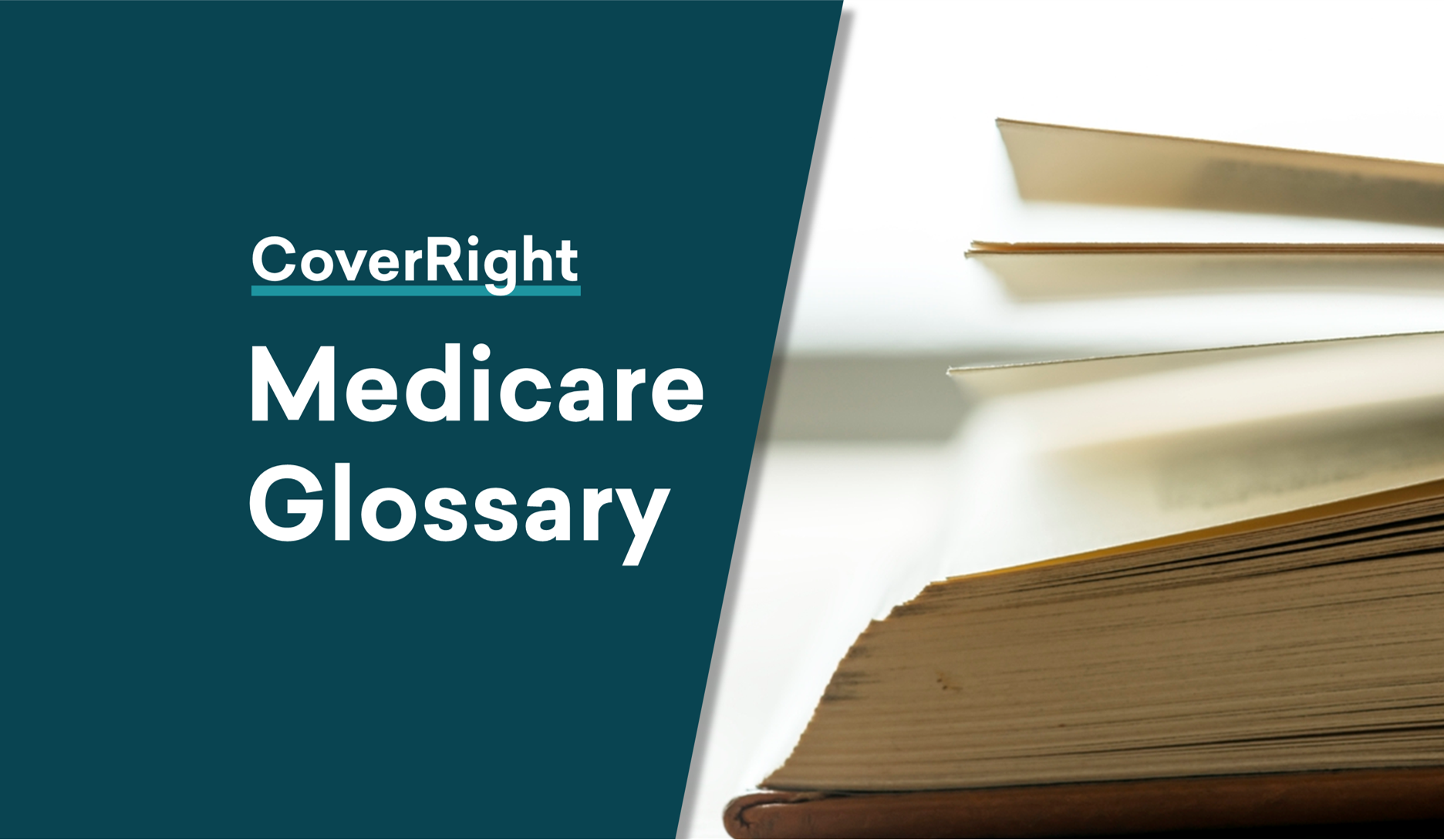The Low-Income Subsidy (LIS), also known as Extra Help, is a program offered by the Centers for Medicare & Medicaid Services (CMS) that provides financial assistance to eligible Medicare beneficiaries for their prescription drug costs. The LIS program aims to alleviate the burden of high medication expenses, making prescription drugs more affordable and accessible for low-income individuals. Understanding the Low-Income Subsidy is vital for Medicare beneficiaries to determine if they qualify for this valuable assistance and how to apply for the program. In this article, we explore the concept of the Low-Income Subsidy, eligibility criteria, benefits, and the application process for qualified individuals.
Eligibility for Low-Income Subsidy
To be eligible for the Low-Income Subsidy, Medicare beneficiaries must meet certain income and resource requirements. Eligibility is based on the following factors:
- Income: The individual’s income must be below a specific threshold, which is determined annually by the federal government. Both earned and unearned income, such as pensions, Social Security, and investments, are considered in the calculation.
- Resources: The individual’s resources, including savings, investments, and real estate (excluding the primary residence and certain other assets), must be within the allowable limit set by the program.
Benefits of Low-Income Subsidy
Qualified Medicare beneficiaries who receive the Low-Income Subsidy can enjoy several valuable benefits:
- Reduced Prescription Drug Costs: Beneficiaries pay lower copayments, coinsurance, and deductibles for covered prescription medications.
- No Coverage Gap (Donut Hole): Beneficiaries with LIS are protected from entering the Medicare Part D coverage gap, commonly known as the “donut hole,” where drug costs increase significantly.
- Continuous Coverage: LIS ensures continuous prescription drug coverage throughout the year, even during the coverage gap and catastrophic phase.
Applying for the Low-Income Subsidy
Medicare beneficiaries can apply for the Low-Income Subsidy through various methods:
- Social Security Administration (SSA): Beneficiaries can apply online through the SSA’s website, over the phone, or by visiting a local SSA office.
- Automatic Qualification: Some individuals may be automatically enrolled in LIS if they are eligible for both Medicare and Medicaid (dual-eligible).
- Medicare Advantage and Part D Plans: Some Medicare Advantage and standalone Medicare Part D plans allow individuals to apply for LIS directly through their plan’s website or customer service.
Reviewing Eligibility Annually
It’s important for beneficiaries to review their eligibility for the Low-Income Subsidy annually, as changes in income or resources can affect qualification status. The SSA or the Medicare Part D plan will send a letter each year to inform beneficiaries if they still qualify for LIS.
The Low-Income Subsidy (LIS) is a valuable program that provides essential financial assistance to eligible Medicare beneficiaries for their prescription drug costs. By understanding the concept of LIS and meeting the eligibility criteria, qualified individuals can enjoy reduced medication expenses, protection from the coverage gap, and continuous prescription drug coverage throughout the year. Regularly reviewing eligibility and applying for LIS can significantly alleviate the burden of prescription drug costs for low-income individuals, ensuring they have access to necessary medications and promoting better health outcomes.


